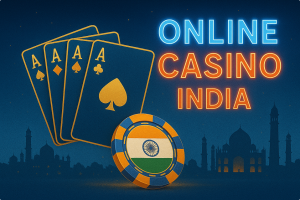
Online Casino South Africa

Online Casino New Zealand

Online Casino India

Online Casino Australia

Online Casino UK

Online Casino Canada

Online Casinos
http://www.mediafire.com/file/47b7617sowdap09/WMA_-_TS.rar/file
One thing: I’m curious about your remark "including the ones from 42 onwards". Disc 10 ends with Mozart’s last symphony (KV 551, "Jupiter"), which was numbered No. 41, so what exactly are you referring to?
Well, the collection features a handful of works labelled as follows:
1. #"55" in B-flat major
2. #"44" in D major
3. #"47" in D major
4. #"45" in D major
5. #"42" in F major
6. #"46" in C major, K.111b (K.96)
Since the numbers have apostrophes, I kinda assumed they were either apocryphal (falsely attributed to Mozart, but included in the collection nonetheless) or earlier works of his that were found later on and given these numbers because Mozart didn’t bother to label them himself. I’m no expert in Mozart’s life and work, so I can only volunteer these guesses. Do you know anything else about it?
1. #"55" in B-flat major: K. 45b (formerly K. suppl. 214): possibly from Jan. 1768, of dubious authenticity
2. #"44" in D major: K. 73l (formerly K. 81): composed spring of 1770, possibly from Leopold Mozart (Wolfgang’s father)
3. #"47" in D major: K. 73m (formerly K. 97): possibly from 1770, of dubious authenticity
4. #"45" in D major: K. 73n (fomerly K. 95): possibly from 1770, of dubious authenticity
5. #"42" in F major: K. 75: from 1771, of dubious authenticity
6. #"46" in C major, K.111b (K.96): probably from 1771, of dubious authenticity
It will be interesting to hear those works, though! Looking forward to it! 🙂
And if anyone is interested, while I’m not sure where Telarc got the numbering from (possibly one of the people who redid the Kochil(sp?) cataloging over the years), Mozart did in fact do more than 41, although 41 was the last known. In addition to the numbered ones (symphonies which were composed as symphonies) he also made abstracts of his operas and turned those into symphonies so that they could be played by significantly smaller groups for a lot less cost and get his music out to more people (we were about 50 years away from an orchestra as we know it today — groups were a lot smaller and instrumentation was a lot more flexible). It was a way of advertising his operas and his name. Sort of what a commercial soundtrack is today to a movie.
